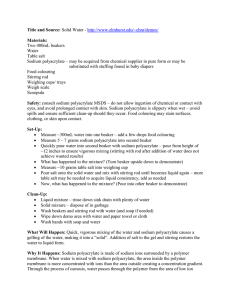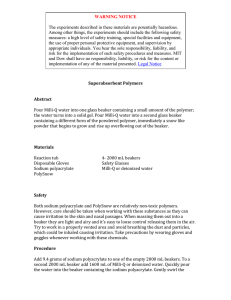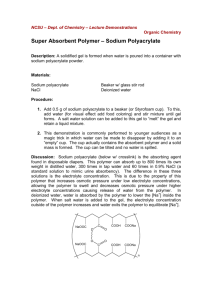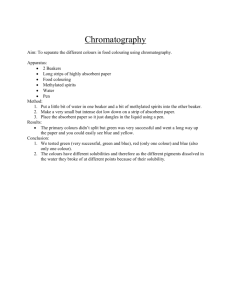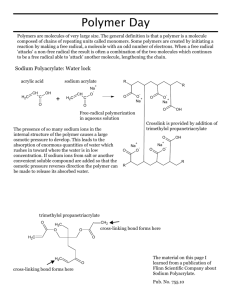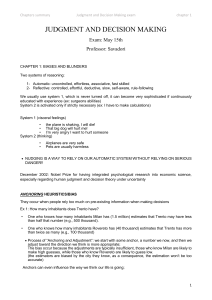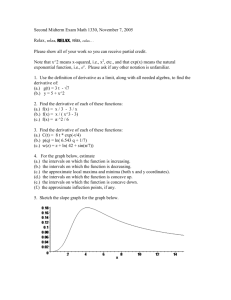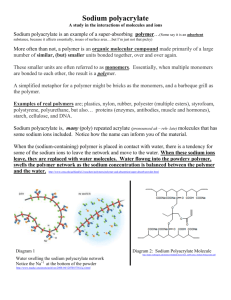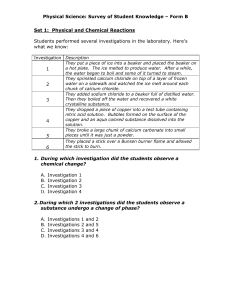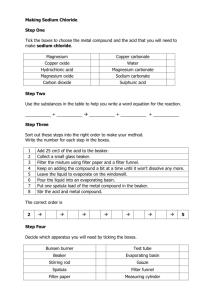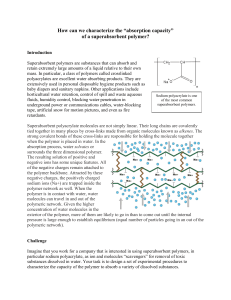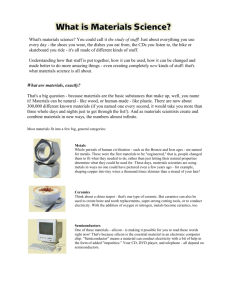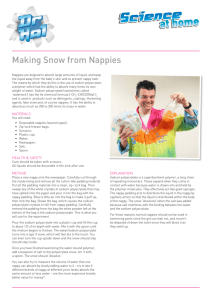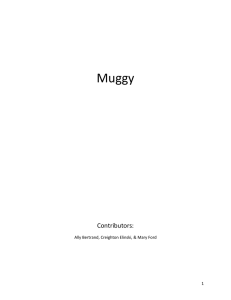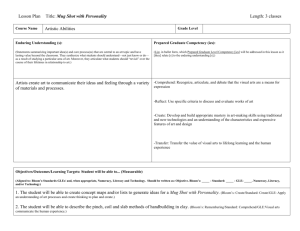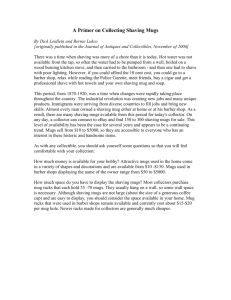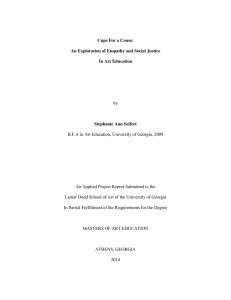Soap Suds Titration
advertisement
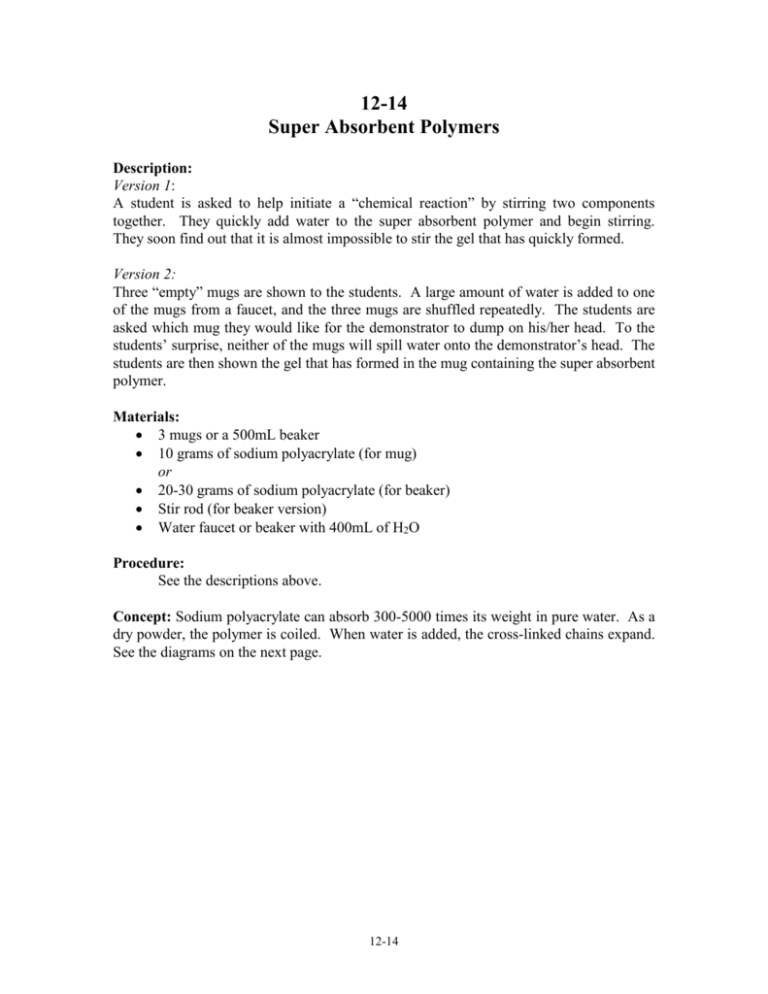
12-14 Super Absorbent Polymers Description: Version 1: A student is asked to help initiate a “chemical reaction” by stirring two components together. They quickly add water to the super absorbent polymer and begin stirring. They soon find out that it is almost impossible to stir the gel that has quickly formed. Version 2: Three “empty” mugs are shown to the students. A large amount of water is added to one of the mugs from a faucet, and the three mugs are shuffled repeatedly. The students are asked which mug they would like for the demonstrator to dump on his/her head. To the students’ surprise, neither of the mugs will spill water onto the demonstrator’s head. The students are then shown the gel that has formed in the mug containing the super absorbent polymer. Materials: 3 mugs or a 500mL beaker 10 grams of sodium polyacrylate (for mug) or 20-30 grams of sodium polyacrylate (for beaker) Stir rod (for beaker version) Water faucet or beaker with 400mL of H2O Procedure: See the descriptions above. Concept: Sodium polyacrylate can absorb 300-5000 times its weight in pure water. As a dry powder, the polymer is coiled. When water is added, the cross-linked chains expand. See the diagrams on the next page. 12-14 Increased Cross-Link Density = Decreased Expanding = Increased Gel Strength Close-up view of the hydrated, expanded chains 12-14 12-14
